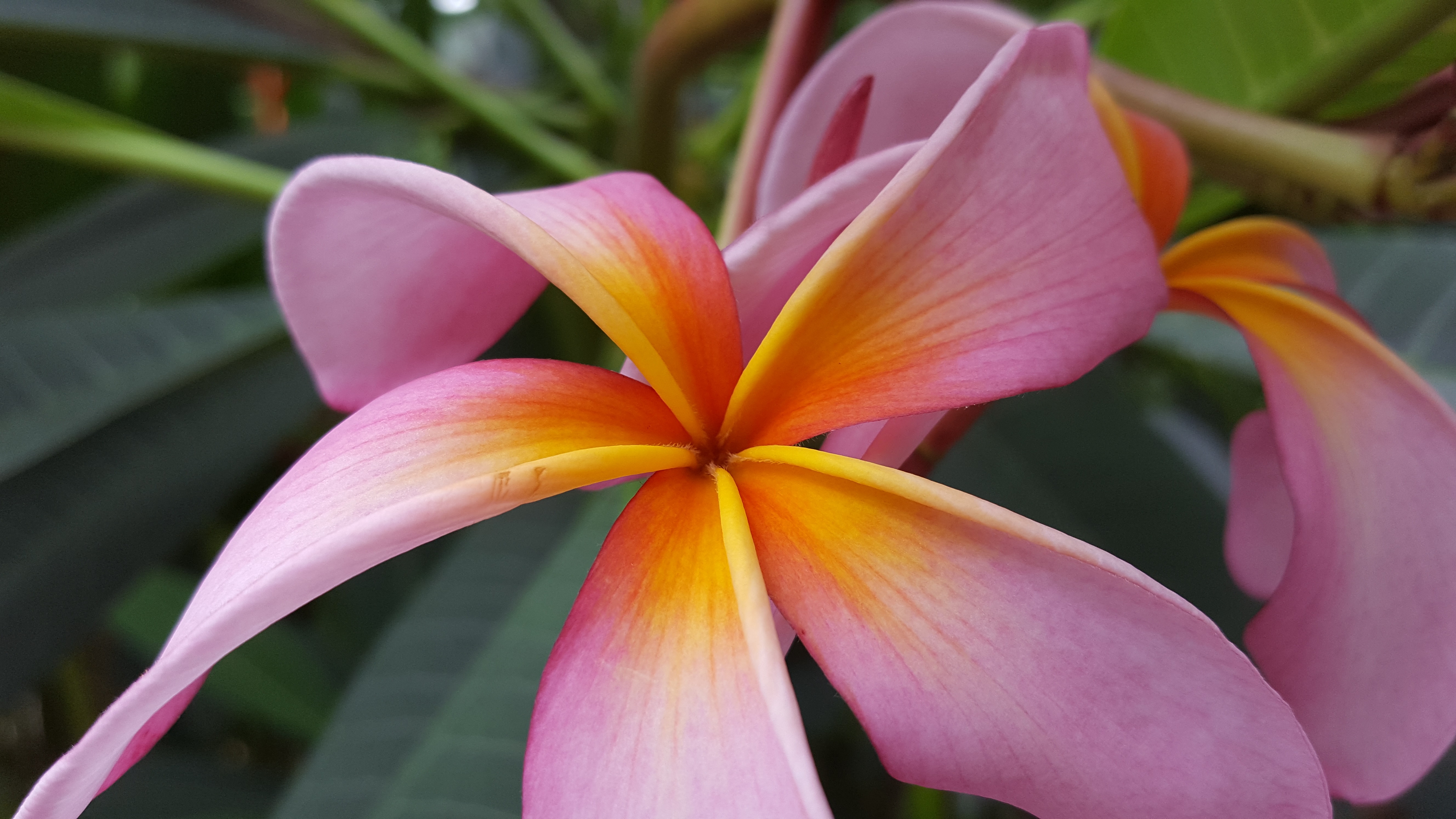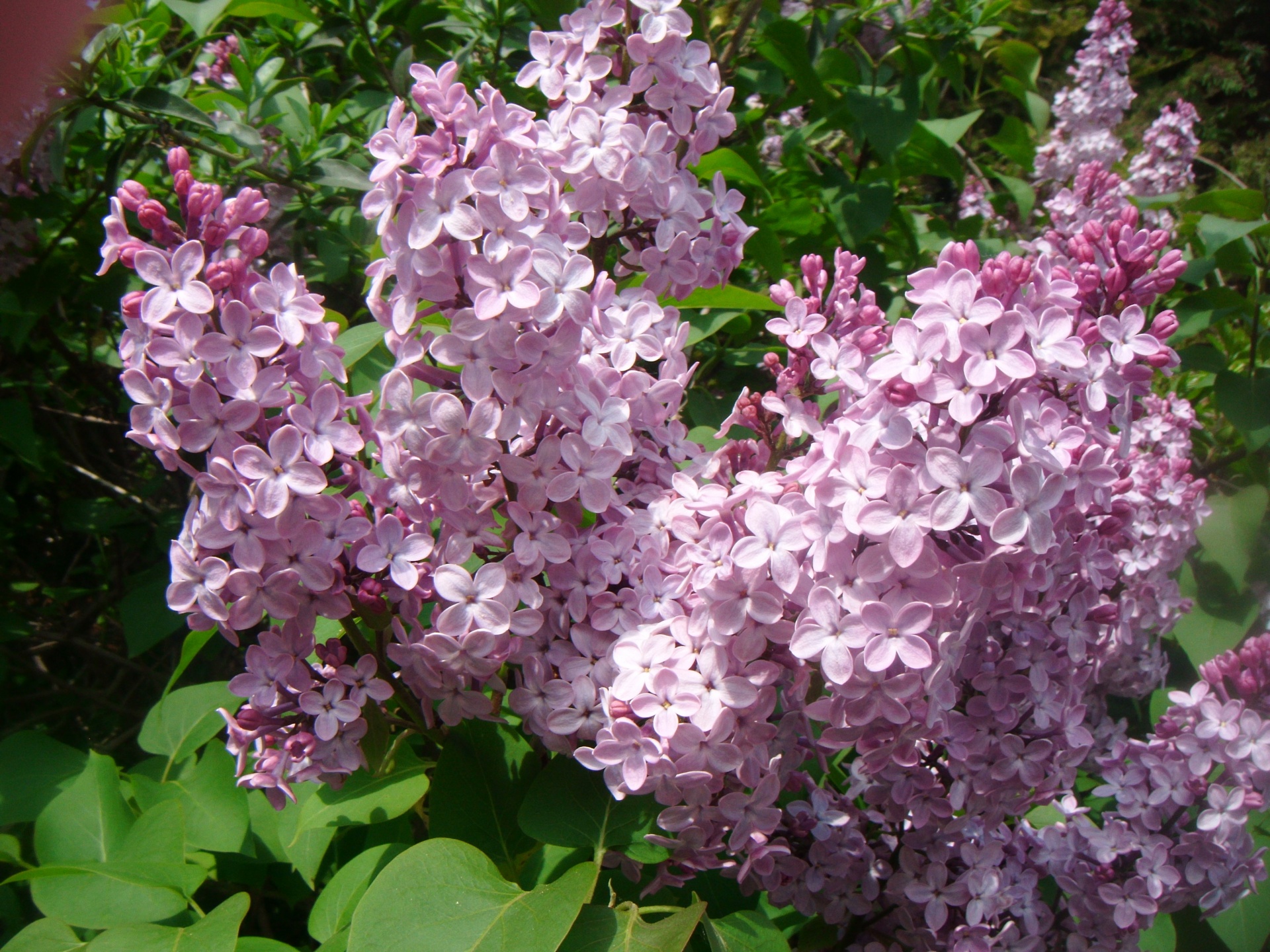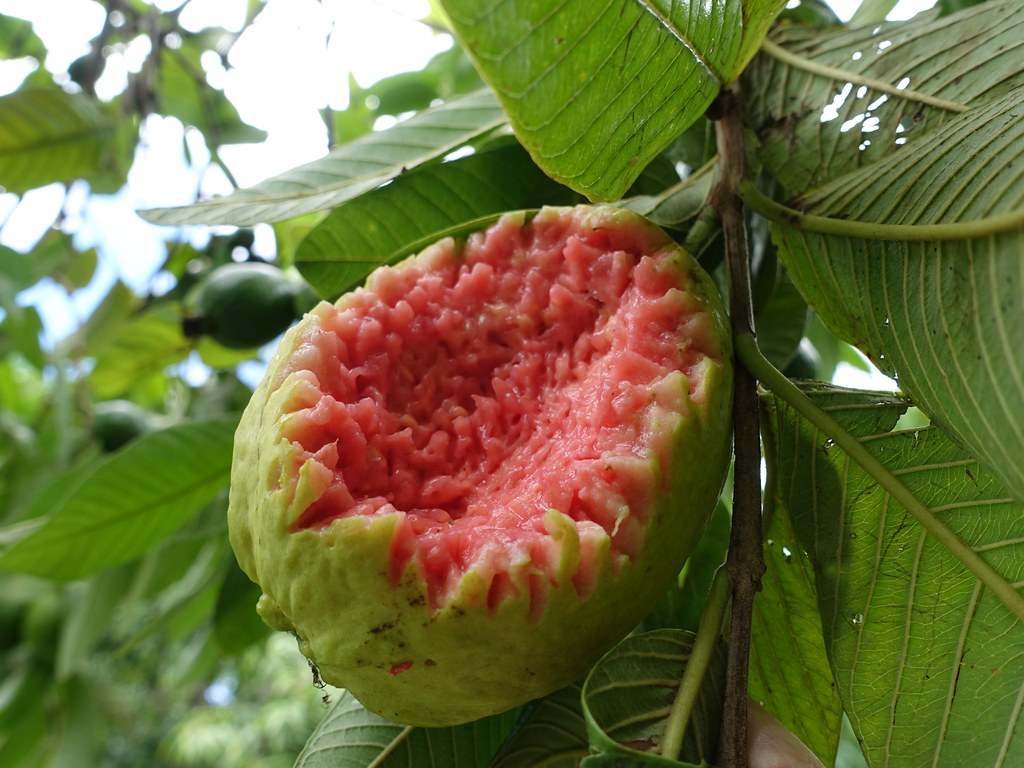
Plumeria Growing Zone: Tips for Successfully Growing Plumerias in Your Garden
Plumerias, also known as frangipani, are exquisite flowering trees that are widely beloved for their vibrant and fragrant blossoms. If you’re looking to add these tropical beauties to your garden, it’s essential to understand the plumeria growing zone and the necessary conditions for their successful cultivation.
What is the Plumeria Growing Zone?
Plumerias are native to tropical regions like Central America, the Caribbean, and South America. However, they can also thrive in subtropical and even warm temperate climates. The plumeria growing zone generally ranges from USDA hardiness zones 9 to 11, although some cultivars are more cold-tolerant and can be cultivated in zone 8 as well.
Ideal Growing Conditions for Plumerias
To ensure the healthy growth of plumerias, it’s crucial to provide them with the optimal growing conditions. Here are some key factors to consider:
Temperature
Plumerias require warm temperatures to flourish. The minimum temperature they can tolerate depends on the particular cultivar, but most plumerias prefer temperatures above 50°F (10°C) and thrive in the range of 65-85°F (18-29°C). Frost and freezing temperatures can severely damage or even kill plumerias, so it’s important to protect them during cold spells.
Sunlight
Plumerias love sunlight and thrive in full sun exposure. Ideally, they should receive at least six to eight hours of direct sunlight daily. To maximize their flowering potential, ensure they’re planted in a spot with ample sunlight. Keep in mind that insufficient sunlight may result in weak growth and limited blooming.
Soil
Well-draining soil is crucial for plumerias as they are susceptible to root rot if the roots become waterlogged. Choose a sandy or loamy soil mix that allows excess water to drain away freely. Additionally, adding organic matter like compost can help improve soil fertility and drainage.
Watering
While plumerias are relatively drought-tolerant once established, they still require regular watering, especially during periods of active growth. Water deeply, ensuring the water penetrates the root zone, and then allow the soil to dry out between waterings. Overwatering can lead to root rot, so it’s important to strike a balance and avoid waterlogged conditions.
Fertilization
Plumerias benefit from regular fertilization to promote healthy growth and abundant blooming. Use a balanced fertilizer with a higher phosphorus content, as it helps stimulate flower production. Apply the fertilizer every two to three weeks during the growing season, reducing the frequency during winter dormancy.
Cold Protection for Plumerias
If you live in a colder region that falls outside the typical plumeria growing zone, you can still enjoy these stunning trees by taking some measures to protect them during winter. Here are a few suggestions:
- Plant plumerias in containers: This allows you to bring them indoors during freezing temperatures.
- Use frost cloth or blankets: Cover the plumerias at night when frost or freezing temperatures are expected.
- Create a microclimate: Plant plumerias near a south-facing wall or in a protected area that absorbs and radiates heat, creating a warmer environment.
By implementing these protective measures, you can successfully grow plumerias even in cooler regions.
Conclusion
Plumerias are cherished for their vibrant flowers and enchanting fragrance, adding a touch of the tropics to any garden. By understanding the plumeria growing zone, providing the ideal growing conditions, and implementing appropriate cold protection, you can cultivate these stunning trees and enjoy their beauty year after year.
Keep Reading

Best Lilac Growing Zones for Your Garden
Lilacs, known for their beautiful and fragrant flowers, can add a touch of elegance to any garden. But before you plant them, it's important to know the best lilac growing zones to ensure their success.

The Best Tips for Growing Guava Trees in Your Garden
Are you interested in growing guava trees in your garden? Guava is a delicious tropical fruit that can thrive in various climates and soil conditions.